As an important processing equipment, slitting machines are widely used in many industries. Mastering its operating skills is essential to improve efficiency and product quality. Here's a how-to guide from beginner to proficient:
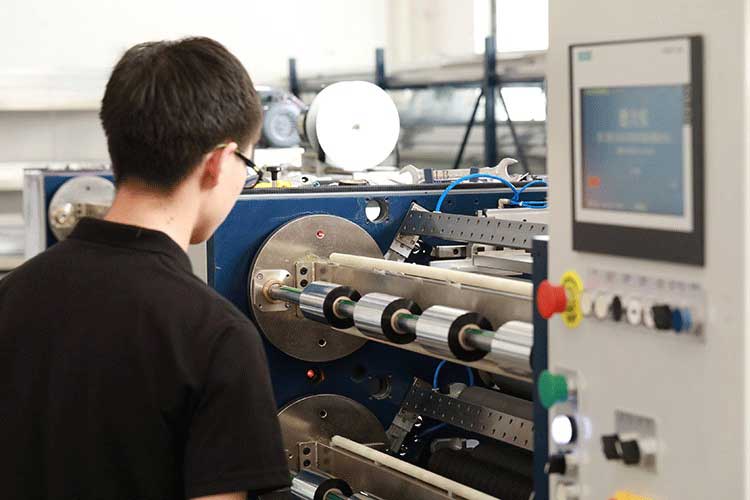
First, the introductory stage: master the basics
1. Safety first:
• Familiarize yourself with the safety operating procedures of the equipment and understand the location of the emergency stop button.
• Wear necessary protective equipment such as gloves, goggles, etc.
• Ensure that the work area is clean and tidy, and avoid clutter affecting the operation.
2. Know the equipment:
• Learn the basic structure of the slitting machine, including unwinding, slitting, winding and other parts.
• Familiar with the control panel, master the basic operations such as starting, stopping, speed adjustment, etc.
• Learn about the different types of blades and where they can be used.
3. Preparation of Materials:
• Select the right material according to the needs and inspect its surface for defects.
• Ensure that the width and thickness of the material meet the requirements of the equipment.
4. Basic Operations:
• Correct installation and adjustment of the blade to ensure slitting accuracy.
• Master unwinding and winding tension control to avoid material deformation or breakage.
• Perform simple slitting operations to familiarize yourself with the performance of the equipment step by step.
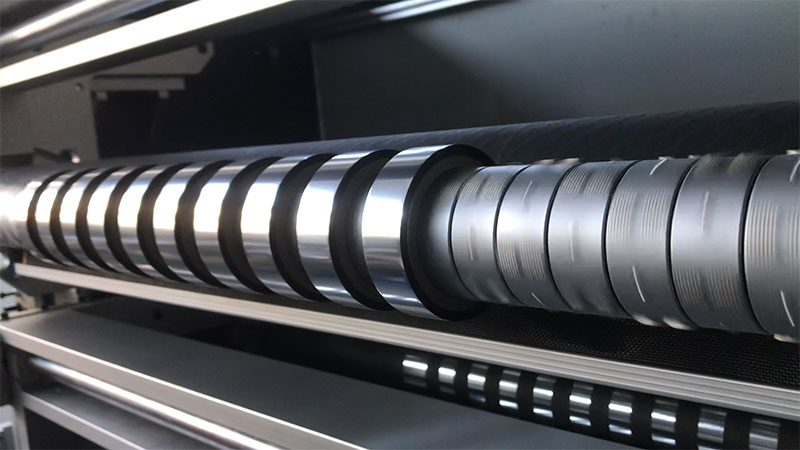
Second, advanced stage: improve skills
1. Parameter optimization:
• Adjust slitting speed, tension and other parameters according to material characteristics to ensure slitting quality.
• Gain experience by recording parameter settings for different materials.
2. Precision control:
• Use professional tools to calibrate the equipment to ensure slitting accuracy.
• Regularly check the wear of the blade and replace it in time.
3. Troubleshooting:
• Learn how to identify and deal with common faults, such as material misalignment, blade wear, etc.
• Master basic equipment maintenance skills such as cleaning, lubrication, etc.
4. Efficiency Improvement:
• Optimize operational processes and reduce downtime.
• Increase efficiency with automation features such as auto-guide, auto-roll change, etc.
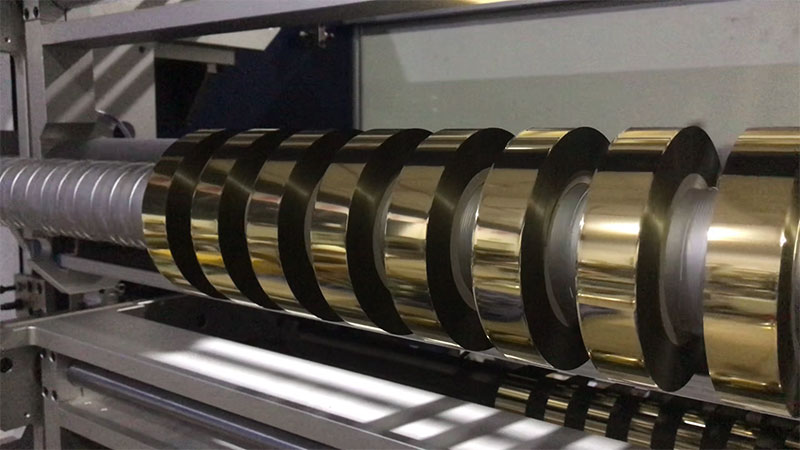
Third, mastery stage: experience accumulation
1. Materials Research:
• In-depth understanding of the properties of different materials and their impact on slitting.
• Adjust the process parameters according to the material characteristics to improve the slitting quality.
2. Problem Solving:
• Ability to quickly analyze and solve complex problems such as slitting burrs, material delamination, etc.
• Propose equipment improvement suggestions to optimize the slitting effect.
3. Experience Sharing:
• Summarize the operation experience and form a standardized operation process.
• Train new employees and share how-to tips.

Fourth, other recommendations
• Keep the equipment clean and maintain it regularly.
• Pay attention to industry trends and learn new technologies.
• Communicate with peers and share experiences.
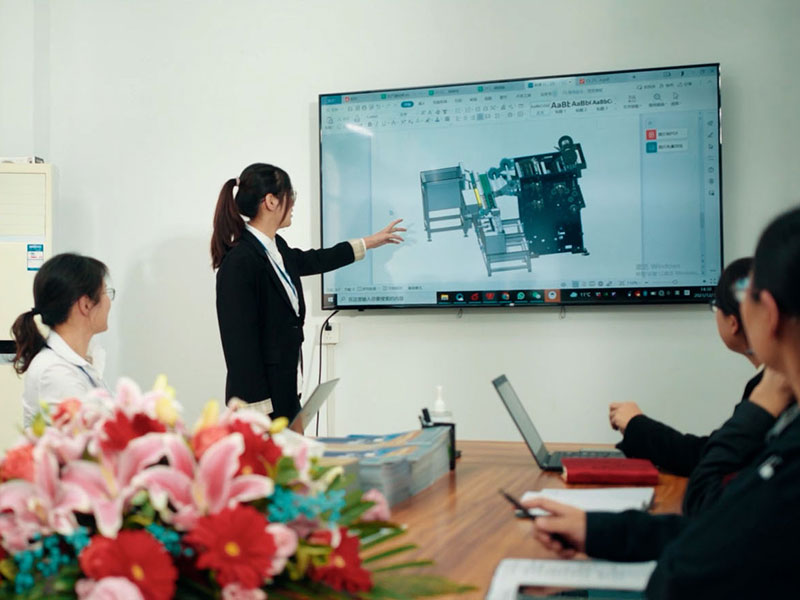
Summary:
The operation of the slitting machine requires a combination of theory and practice, and through continuous learning and accumulation of experience, the operation level can be gradually improved, and the goal of mastery can be finally achieved.
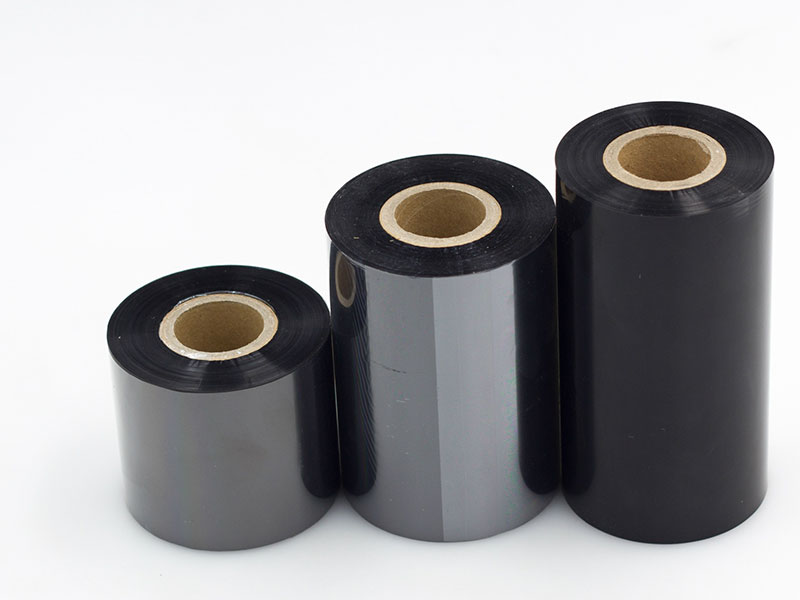
Finding the reliable way to industrial ribbon slitting machines is a comprehensive practice of precision engineering, intelligent control and system optimization.
02. January, 2026
By mastering these three forces, you will master the weapon to cut out a brilliant future in the fierce competition.
02. January, 2026
A high-quality ribbon slitting machine must achieve a precise balance in multiple technical dimensions to achieve excellent performance of "stable and non-cassette".
02. January, 2026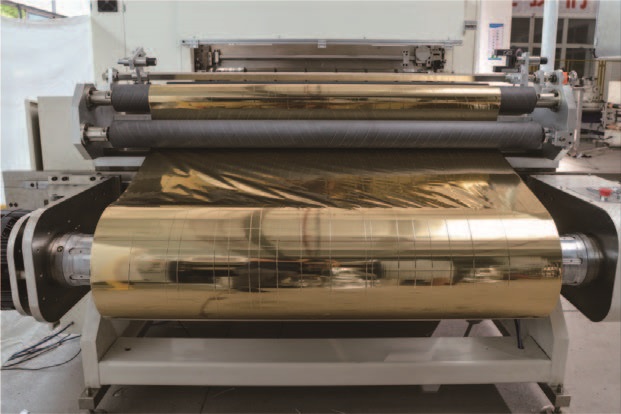
Every millimeter of precise slitting, every technological breakthrough, silently speaks of the brand's persistent pursuit of perfection.
31. December, 2025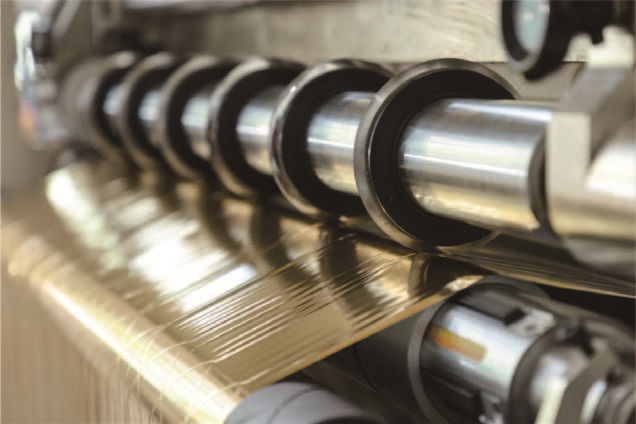
The traditional large-scale standardized production model is gradually transforming into a customized direction with small batches, multiple specifications, and fast delivery.
31. December, 2025